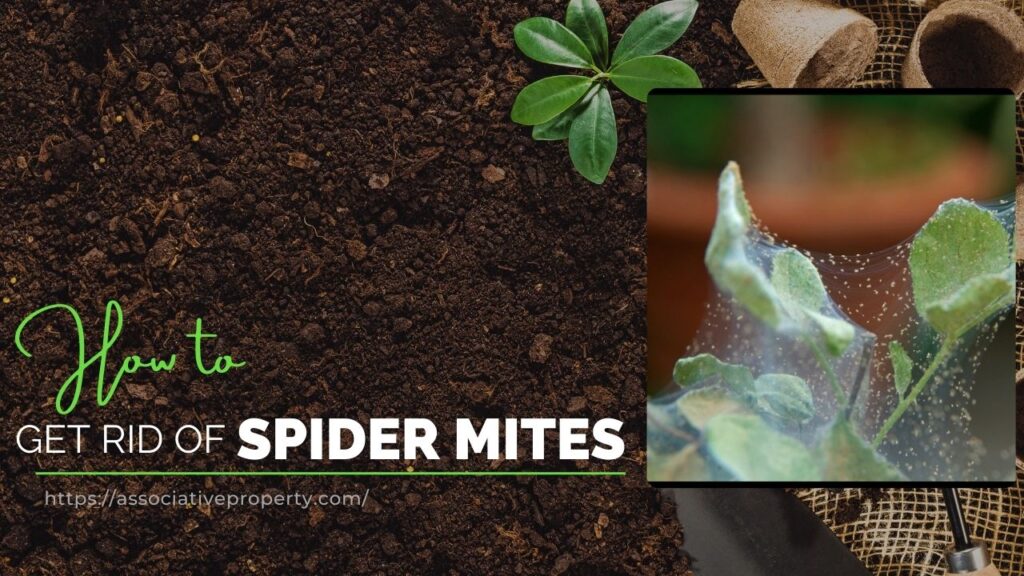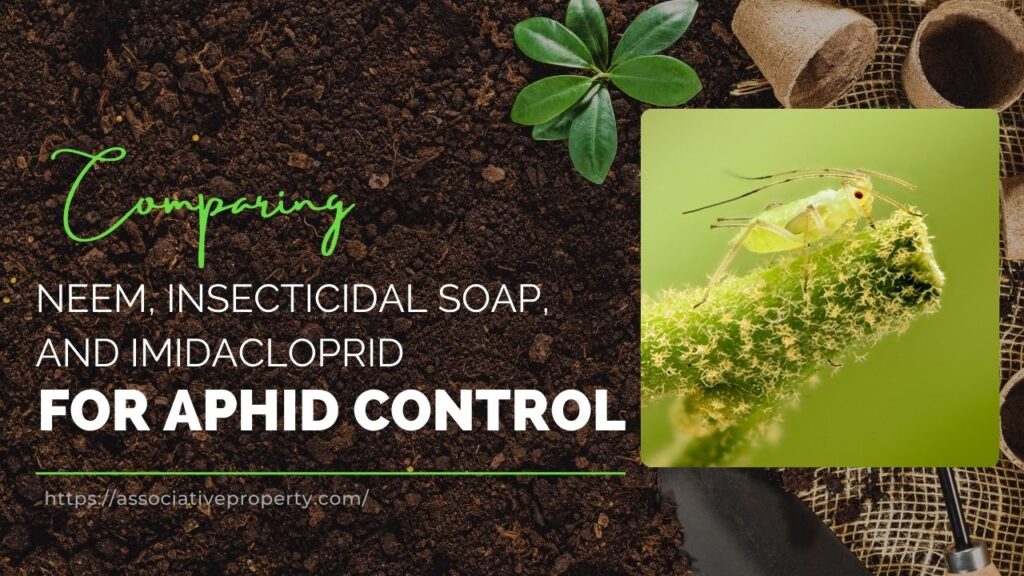Hi there! I’m Annette, and in this post, I want to share something really special and practical—10 herbs you can grow indoors, right on your kitchen counter. I personally grow seven of these herbs on the windowsill in my kitchen. It’s important that they stay close to a window since they need at least three to four hours of sunlight daily. They’re all growing wonderfully, and I’ll walk you through each one of them.
Let’s Get in.
Herb Growing Facts & Figures
| Herb | Light Needs | Water Needs | Ideal Temp (°F / °C) | Time to Germinate | Common Culinary Uses |
|---|---|---|---|---|---|
| Dill | Full sun (6+ hrs/day) | Moderate | 60–70°F / 15–21°C | 7–14 days | Soups, potatoes, pickles, fish |
| Thyme | Full sun to partial shade | Low | 60–75°F / 15–24°C | 14–28 days | Meats, stews, sauces |
| Oregano | Full sun | Low | 65–70°F / 18–21°C | 7–14 days | Pizza, pasta, Mediterranean dishes |
| Sage | Full sun | Low to moderate | 60–70°F / 15–21°C | 14–21 days | Stuffing, poultry, sausages |
| Parsley | Partial sun | Moderate | 50–70°F / 10–21°C | 14–28 days | Salads, soups, sauces |
| Cilantro | Full sun (cool climate) | Moderate | 50–85°F / 10–29°C | 7–10 days | Indian, Mexican, Southeast Asian cuisine |
| Tarragon | Full sun | Low | 60–70°F / 15–21°C | 10–14 days | French cuisine, chicken, vinegar |
| Basil | Full sun (6+ hrs/day) | Moderate to high | 70–90°F / 21–32°C | 5–10 days | Pesto, pasta, salads |
| Mint | Partial shade | High | 55–70°F / 13–21°C | 10–15 days | Teas, chutneys, cocktails |
| Rosemary | Full sun | Low | 55–80°F / 13–27°C | 14–21 days | Roasted meats, breads, infused oils |
1. Dill

I started growing dill from seeds, and within one to two weeks, I began to see the plants emerging. At first, the leaves didn’t look like dill at all, but after the second set came in, they reclaimed that signature dill look, thin and thread-like. Dill is perfect for the kitchen counter. It has a unique taste, kind of like a mix of fennel, anise, and salad greens. I especially love adding it to soups and roasted potatoes.
2. Thyme

Thyme is a perennial and grows beautifully indoors. It’s winter- and frost-hardy and does well even outside. But for growing thyme indoors, I’ve found that starting from seed is tough, the best way is to use a cutting. It’s a lovely herb to have close by when I’m cooking.
3. Oregano

Oregano doesn’t handle cold weather too well, so the kitchen counter is the perfect spot for it. It’s super easy to grow, whether from seed or a cutting. I’ve noticed that oregano has a very strong flavor, so I use it sparingly in my dishes.
4. Sage

Sage is tough, it can handle temperatures as low as 15°F or -10°C. If you live in an area with extreme heat or cold, sage makes a great indoor herb. It has a piney, citrusy flavor that goes really well with thyme and rosemary.
5. Parsley

Parsley is one of those herbs that lifts up any savory dish. It’s cold-tolerant too, managing temperatures as low as 10°F or -12°C. I always grow parsley from seed. It pairs well with everything, meat, eggs, potatoes, and a bunch of different vegetables. It’s just super handy in the kitchen.
6. Cilantro (Coriander)

Cilantro is probably the most used herb in my kitchen, especially for Indian and Mexican recipes. It’s best to grow it from seed, but here’s a tip: split the seed in half before planting to help it germinate quickly. In just one week, it starts growing. Cilantro grows really fast in spring, often rushing into flowering, so I prefer planting it in the fall. But honestly, you can grow it indoors all year round.
7. Tarragon

Tarragon is a winter-hardy perennial that can survive temperatures as low as -30°F or -20°C. I’ve even heard of people growing it in Alaska and Norway! But it also thrives on a kitchen counter. Tarragon is especially popular in French cuisine, and I love having it within arm’s reach.
8. Basil

In summer, I need so much basil that I actually dedicate a whole raised bed to it. But when winter hits, basil doesn’t survive outside. So, I bring it indoors and propagate it from cuttings during the first week of spring. That way, I get a head start on my basil for the coming summer. Basil also grows well from seed and is a must-have for any kitchen counter.
9. Mint

Mint is amazing for tea and drinks. It grows very easily from cuttings or even just from the root. In winter, mint dies back, but it regrows in the spring like a weed—as long as it’s watered. If I want mint during the colder months, I simply bring it inside.
10. Rosemary

Rosemary is another easy one. I place a cutting in water, and it roots so quickly. After that, it can grow indoors or outdoors. I don’t actually keep rosemary inside because it does really well outside, even through winter. Just make sure to bring it in if your ground freezes. Rosemary leaves look like needles, but they’re actually leaves when you look closely.
I hope you found this little Guide of my indoor herb garden useful! Growing herbs inside home is easier than you might think—and it’s super rewarding. See you next time!
Related: What Are The Best Low-Maintenance Plants?
Frequently Asked Questions About Growing Herbs Indoors
Q1: Can I grow herbs indoors without direct sunlight?
Yes, but it’s not ideal. Most herbs, like basil, rosemary, and dill, require at least 4–6 hours of direct sunlight per day to thrive. If your kitchen doesn’t get enough natural light, consider using a full-spectrum LED grow light. These lights mimic natural sunlight and are excellent for indoor gardening.
Q2: How often should I water indoor herbs?
It depends on the herb and your indoor conditions, but as a general rule:
- Basil, mint, and cilantro prefer consistently moist soil, not soggy.
- Thyme, rosemary, and oregano thrive in drier conditions and should only be watered when the top inch of soil feels dry.
Always use pots with drainage holes to prevent root rot—a common indoor gardening mistake.
Q3: What’s the best soil mix for indoor herbs?
Use a well-draining, lightweight potting mix. I recommend a mix that contains:
- Peat moss or coconut coir (retains moisture)
- Perlite or vermiculite (improves drainage)
- A bit of compost or worm castings for nutrients
Avoid heavy garden soil—it compacts easily and can suffocate roots indoors.
Q4: How do I prevent indoor herbs from becoming leggy or weak?
Leggy herbs are a sign of insufficient light. To prevent this:
- Rotate your pots regularly so all sides get even light.
- Supplement with a grow light if necessary.
- Pinch off the tops of growing stems to encourage bushier growth.
Also, avoid over-fertilizing, which can encourage tall, weak stems.
Q5: Should I fertilize indoor herbs? If so, how often?
Yes, but moderately. Overfeeding herbs leads to excessive foliage and weak flavor.
Use a diluted organic liquid fertilizer (like seaweed extract or fish emulsion) every 3–4 weeks. For leafy herbs like parsley and basil, you can feed a bit more frequently. For woody herbs like rosemary or thyme, fertilize less often.
Q6: Can I grow multiple herbs in one container?
You can—but only if they have similar light, water, and soil needs.
For example:
- Basil and parsley work well together.
- Rosemary, thyme, and oregano can share a pot since they like drier soil.
Avoid combining water-hungry herbs (like mint) with drought-tolerant ones.
Q7: How do I harvest herbs so they keep growing?
The trick is to harvest strategically:
- Pinch or cut just above a pair of healthy leaves—this encourages branching.
- Never harvest more than 1/3 of the plant at a time.
For herbs like basil, regular pruning keeps the plant bushy and delays flowering.
Q8: Can I grow herbs from grocery store cuttings?
Yes, many herbs like basil, mint, oregano, and rosemary root very well in water.
Just cut a 4–6 inch stem, remove the lower leaves, and place it in a glass of water. Change the water every 2–3 days, and once roots are 1–2 inches long, transplant it into soil.
Q9: Why are my herbs wilting even though I water them?
Wilting can result from:
- Overwatering, which leads to root rot
- Poor drainage, causing soggy roots
- Underwatering, if the soil dries out completely
- Too much heat, especially from nearby stoves or appliances
Check soil moisture with your finger and ensure your container drains well.
Q10: Are indoor herbs safe from pests?
Not entirely. Indoors, you may still encounter:
- Fungus gnats
- Aphids
- Spider mites
Keep an eye under the leaves and around the soil. Use neem oil, insecticidal soap, or introduce beneficial insects (like ladybugs) if the problem grows. Good air circulation and clean pots help prevent infestations.


